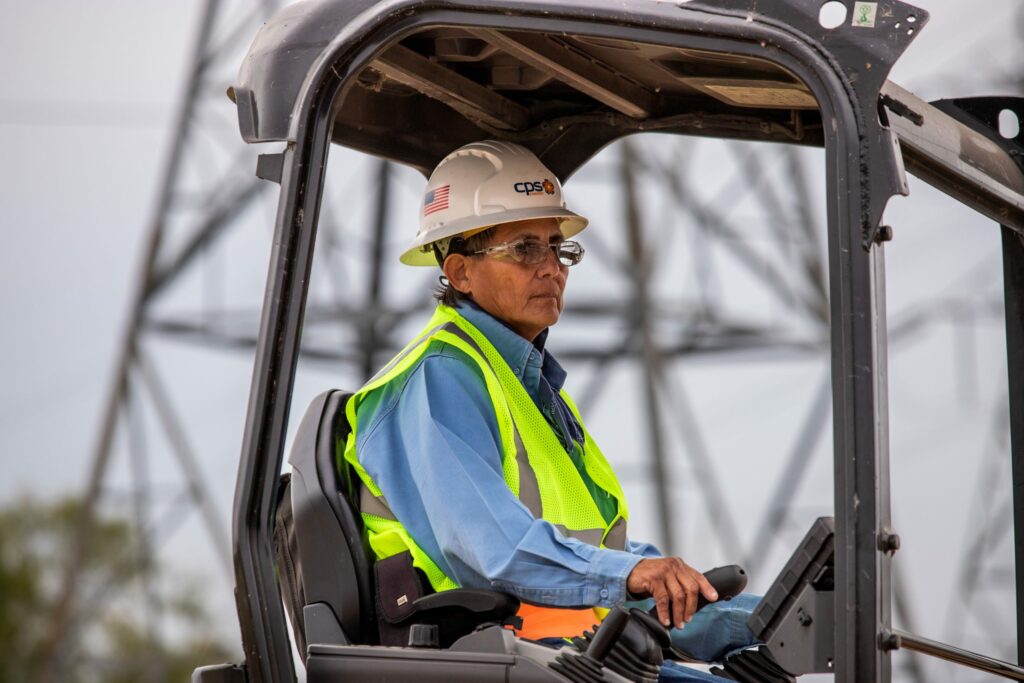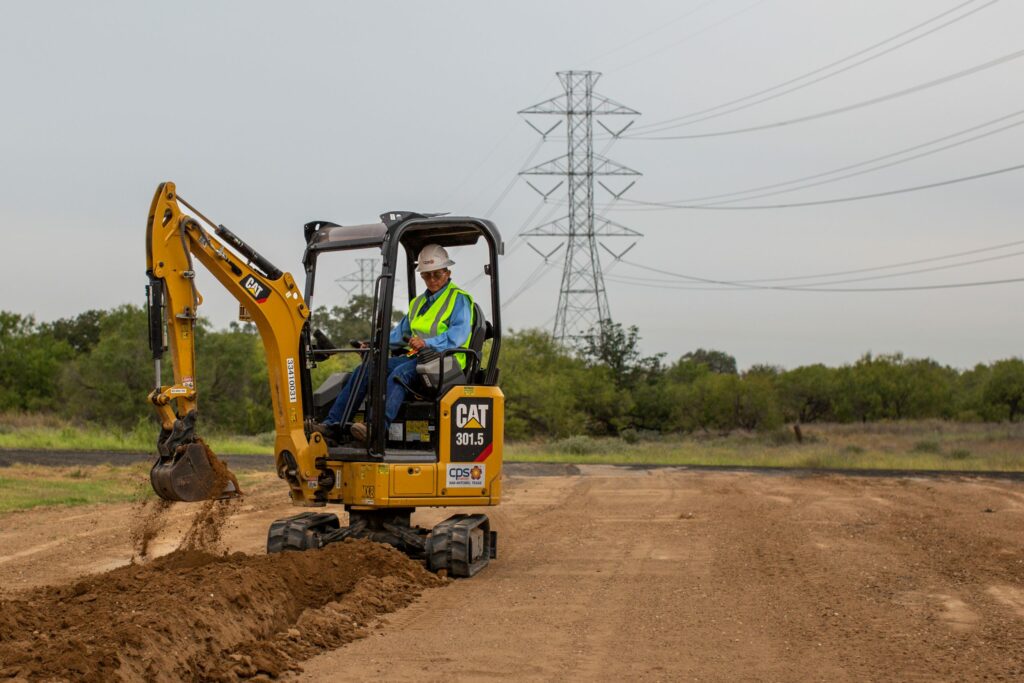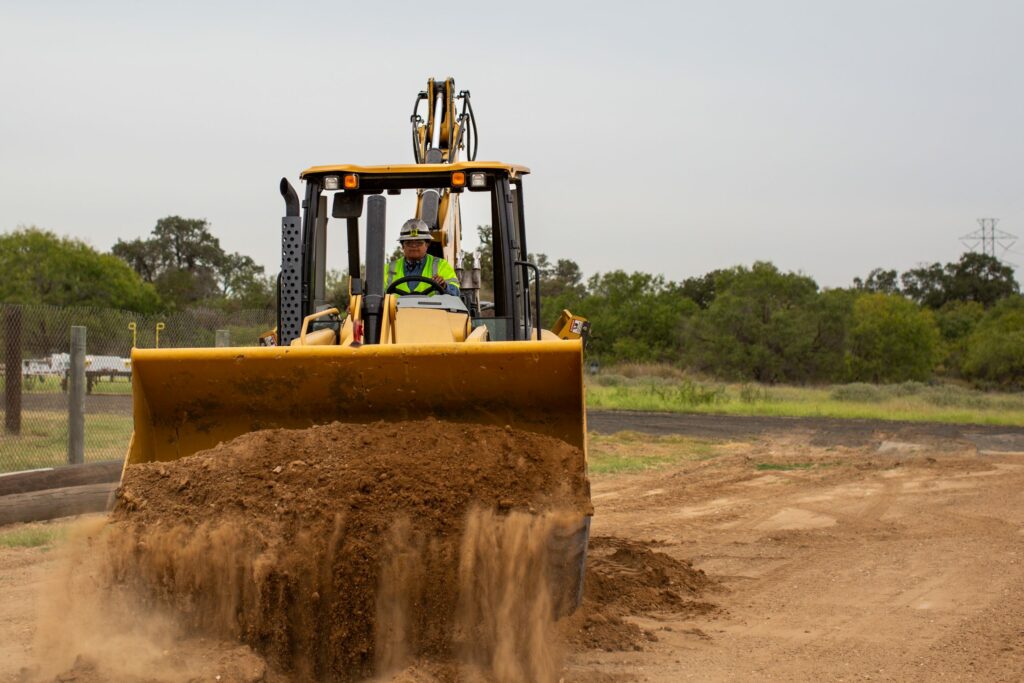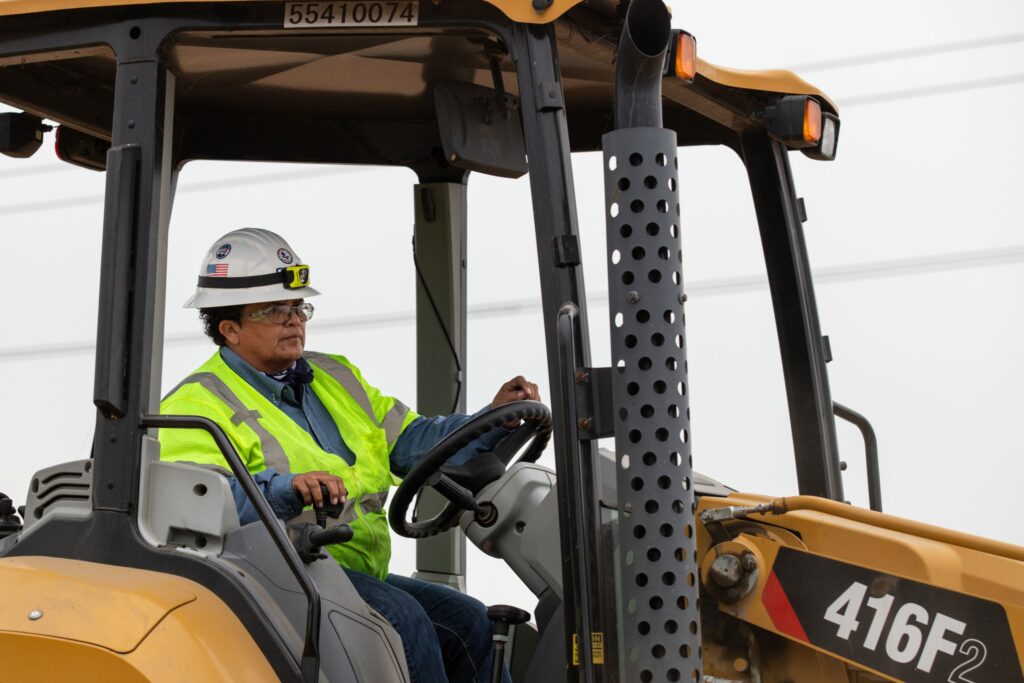Blue-collar STEM workers tout well-paying, in-demand jobs without the advanced degree
By Lindsey Carnett, San Antonio Report

Patty Garcia started her career as a lineworker for CPS Energy in 1988, when it was still known as City Public Service. She worked to help manually install the underground steel gas pipes and conduits that bring electricity and natural gas into people’s homes.
“I’ve always been a blue-collar worker,” said Garcia, who graduated from Lanier High School. “I always wanted to work for CPS Energy, even back then.”
Today, Garcia is one of just two fully-trained women on the utility’s 143-person underground integrated operations team. She and Letty Ortiz have worked their way up to foremen, leading three- to six-man teams on job sites regularly.
Their jobs are considered blue-collar, or “skilled technical” STEM positions — those under the science, technology, engineering and mathematics umbrella that don’t require four-year college degrees but do still demand a certain level of technical training. These types of careers can be found across industries, including IT, computer science, engineering, energy, and more.
While STEM careers are often white-collar — think coders, engineers, and doctors — jobs in energy, construction, and technology that don’t require an advanced degree are in high demand in the San Antonio region, according to Workforce Solutions Alamo. These jobs are considered critical to the metro region’s economic stability. They require a variety of skills and certifications, and many entry-level positions offer on-the-job training.
Ready to Work SA, San Antonio’s ambitious, taxpayer-funded jobs program, includes training for these types of jobs, recognizing their importance to the local economy. In addition to CPS Energy, other major employers who’ve pledged to hire workers from the program locally include companies like heavy equipment maker Holt Cat and truck builder Navistar.
Garcia said she would love to see more women, especially Latinas, become utility workers. The pay is substantial: first-line supervisors in constructioncan make roughly $75,000 to $95,000 per year.

“They’ve opened so many opportunities for women — there are so many positions that have come open,” Garcia said. “[CPS Energy] gives you the opportunity to get trained. They guide you, and they give you the opportunity to grow within the company — that’s why I jumped on the bandwagon.”
Today, only about3% of first-line supervisors in construction are women. Despite the challenges stacked against Garcia and Ortiz, both women spoke humbly about their careers and leadership positions at the utility.
Five years after she was hired, Garcia was promoted to a gas trainee in the construction department, where she assisted supervisors in mapping new infrastructure and securing tools needed for each job. She obtained her commercial driver’s license, which allows her to drive and operate large machinery, and learned how to be a team leader. Six years after that, she could run all the heavy equipment needed to dig trenches and install underground piping.
She has now been a foreman for 22 years.
Ortiz tells a similar story. An Edison High School graduate, she followed in her father’s footsteps by becoming a utility worker. Her dad worked in construction “all his life,” she said, and was proud to see his daughter do the same.
He even followed her to a job in Fort Worth. They worked there together for more than a decade before Ortiz decided to return home to San Antonio. She began working for CPS Energy in 1992, and she’s been there ever since.

Ortiz recalls dealing with men who made it clear they didn’t want her there in those early years. These “machismos” tried to bully her and make her work harder, she said, but she found that by doing her job well, she was able to overcome their antagonizing.
Both Garcia and Ortiz are retiring in the next few years and said they’d love to train more women in this blue-collar profession before saying goodbye to CPS Energy. “I hope and foresee that there’ll be more women here,” Garcia said. “We’d love to see more women in the field.”










0 Comments